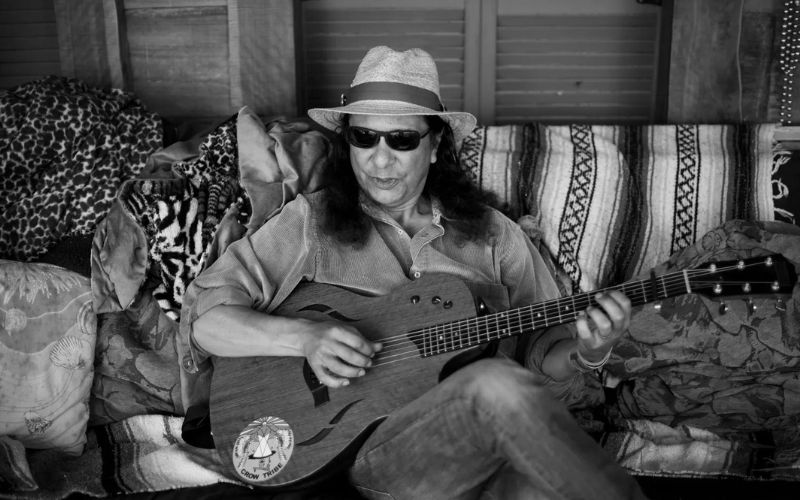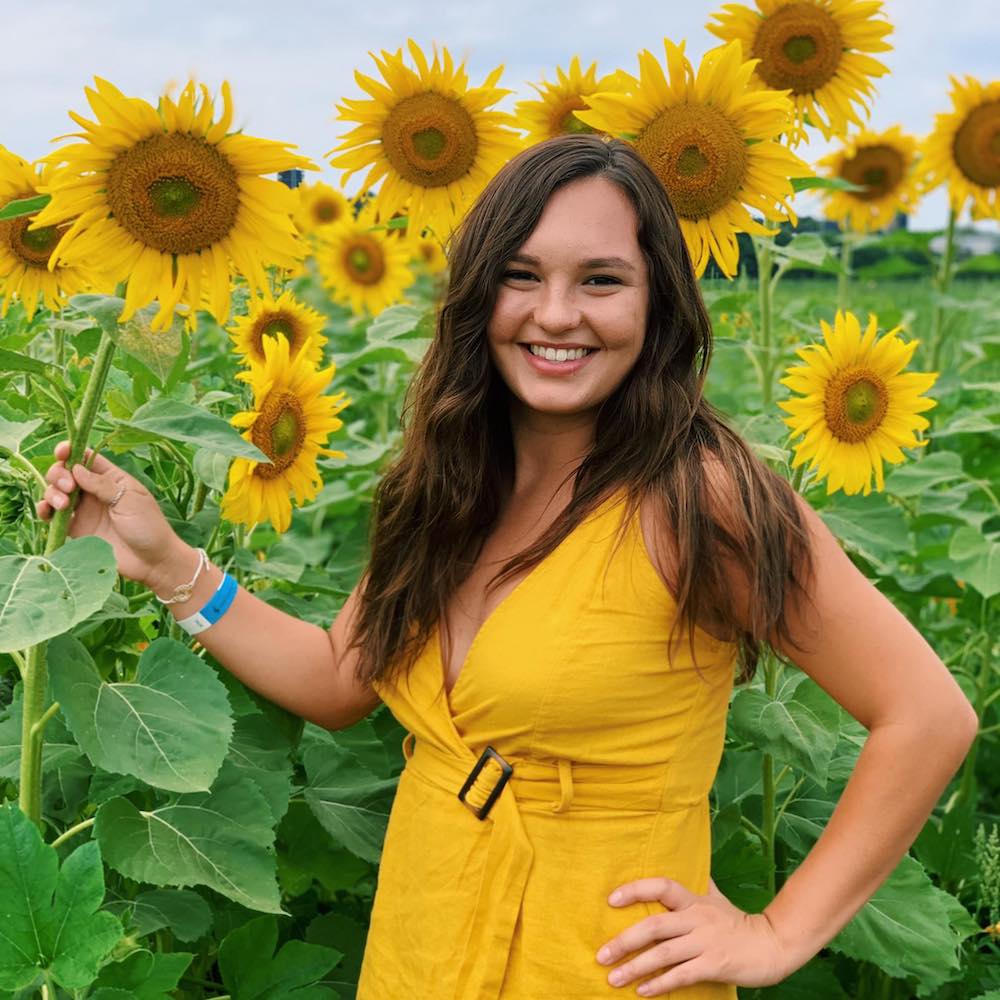
- Details
- By Kaili Berg
His latest album, “Innocent Allies,” honors his family’s Native American heritage and is inspired by Charles Morion Russell, the famous Western artist who created paintings of cowboys, Native Americans, and landscapes.
Morin’s music has reached millions and has performed at the Lincoln Center in New York, The Kennedy Center in Washington, D.C., the Vancouver Olympics, and the Paris Jazz Festival in France. He has won multiple Indigenous Music Awards throughout his career, as well as an Independent Music Award.
In Morin’s interview with Native News Online, he talks about growing up, what inspired him to create his new album, inspiration for his songs, what is coming up after his new album, and some inspiration for upcoming Indigenous artists.
This interview has been edited for clarity and length.
What drew you to the music industry while growing up?
Growing up in Great Falls, Montana, the music around town was largely folk and country. The bands used to play the same room for years every night, where I got to know them and watch them play. That’s how I learned to do things on stage and where I became interested in playing music.
Can you tell me about your latest album, “Innocent Allies,” released this January?
Years ago, I had this idea of doing a tribute album, and I was really interested in the production of projects from the late 60s to 70s. The Red Headed Stranger album by Willie Nelson was one of my father's favorites, and I heard it a lot. I was very appreciative of all its elements. Somewhere along the line, we were listening to that album and looking at these coffee table books that my folks left behind after they passed of Charlie Russel Paintings. I knew I could write songs about the paintings because they are so descriptive and vivid. Pretty soon, I had about 15 songs and began to record them. I took them to my friend Trina Shoemaker, and she helped me produce them further, and that’s how it came to be.
 Make A Donation Here
Make A Donation Here
What does the title reveal about the album’s themes?
It comes from a Charlie Russel painting, and in the scene there are four horses standing around on a hilltop and down below there are guys robbing a stagecoach. It talks about the horses being involved and are the better part of the situation. Coming from Crow culture, horses have always been really important in my life, and I really just liked the idea of it to incorporate that.
Your latest single, "Indian Hunters Return." from the album, what inspired the lyrics.
With that particular song, there was a painting that I was really familiar with because a print of that painting hung in my grandfather’s house growing up. I thought it was an interesting scene that depicts Native horseback riders coming into an Indian camp back in the day, and you can tell these guys are cold and have been out hunting all day, bringing back meat. I can only assume that the first stop they make is at an elder camp.
What are some exciting things you have coming up after the release of your new album?
We are planning some shows locally along with a couple shows around the U.S. coming up within the next few months with my band Ghost Dog. We have not gotten into booking a tour for the album release yet, but it is going to happen.
What is a message you want to give to up-and-coming Indigenous musicians that you wish you would have received?
I began playing piano and taught myself guitar, and as a young person I did not realize at the time how much it takes to move to the next level in your playing. There’s always so much more to learn, and over those years, I wish I had paid more attention to listening to other music and practicing more. I didn’t really start to practice until I was in my 40s, when I would start playing 10 hours a day. I regret that I did not start that sooner, because my playing and songwriting would have benefited from that.
More Stories Like This
A Native American Heritage Month Playlist You Can Listen to All Year Long11 Native Actors You Should Know
Five Native American Films You Should Watch This Thanksgiving Weekend
Heavy metal is healing teens on the Blackfeet Nation
Over 150 Tribal Museums Participate in Fourth Annual Celebration of Native Life
Help us tell the stories that could save Native languages and food traditions
At a critical moment for Indian Country, Native News Online is embarking on our most ambitious reporting project yet: "Cultivating Culture," a three-year investigation into two forces shaping Native community survival—food sovereignty and language revitalization.
The devastating impact of COVID-19 accelerated the loss of Native elders and with them, irreplaceable cultural knowledge. Yet across tribal communities, innovative leaders are fighting back, reclaiming traditional food systems and breathing new life into Native languages. These aren't just cultural preservation efforts—they're powerful pathways to community health, healing, and resilience.
Our dedicated reporting team will spend three years documenting these stories through on-the-ground reporting in 18 tribal communities, producing over 200 in-depth stories, 18 podcast episodes, and multimedia content that amplifies Indigenous voices. We'll show policymakers, funders, and allies how cultural restoration directly impacts physical and mental wellness while celebrating successful models of sovereignty and self-determination.
This isn't corporate media parachuting into Indian Country for a quick story. This is sustained, relationship-based journalism by Native reporters who understand these communities. It's "Warrior Journalism"—fearless reporting that serves the 5.5 million readers who depend on us for news that mainstream media often ignores.
We need your help right now. While we've secured partial funding, we're still $450,000 short of our three-year budget. Our immediate goal is $25,000 this month to keep this critical work moving forward—funding reporter salaries, travel to remote communities, photography, and the deep reporting these stories deserve.
Every dollar directly supports Indigenous journalists telling Indigenous stories. Whether it's $5 or $50, your contribution ensures these vital narratives of resilience, innovation, and hope don't disappear into silence.
 The stakes couldn't be higher. Native languages are being lost at an alarming rate. Food insecurity plagues many tribal communities. But solutions are emerging, and these stories need to be told.
The stakes couldn't be higher. Native languages are being lost at an alarming rate. Food insecurity plagues many tribal communities. But solutions are emerging, and these stories need to be told.
Support independent Native journalism. Fund the stories that matter.
Levi Rickert (Potawatomi), Editor & Publisher

